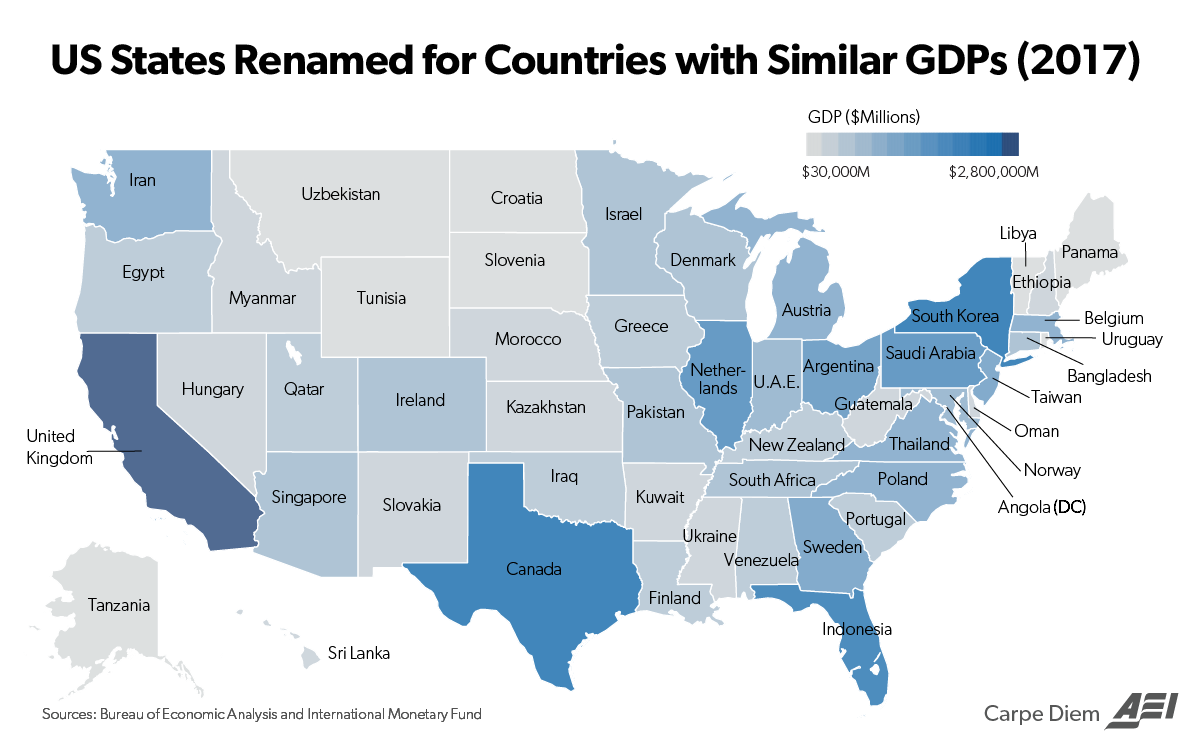
Economic Resilience United States Charts Path to Recovery

Economic Resilience: United States Charts Path to Recovery
Navigating Through Uncertainty
In the wake of unprecedented challenges, the United States finds itself at a pivotal moment in its economic trajectory. The COVID-19 pandemic unleashed a wave of disruption, shaking the foundations of global economies. However, the resilience of the U.S. economy has emerged as a beacon of hope amidst uncertainty. As the nation charts its path to recovery, various factors are shaping its economic landscape.
Driving Forces of Recovery
One of the driving forces behind the U.S. economic recovery is the remarkable resilience of its labor market. Job growth has surged, exceeding expectations and bolstering confidence in the economy. With widespread vaccination efforts and easing pandemic restrictions, businesses are reopening, and consumer spending is on the rise. This resurgence in economic activity is a testament to the adaptability and resilience of the American workforce.
Policy Response and Fiscal Stimulus
The swift and decisive policy response from both the federal government and the Federal Reserve has played a crucial role in stabilizing the economy. Massive fiscal stimulus packages have provided much-needed support to individuals, businesses, and state governments, preventing a deeper economic downturn. Additionally, the Federal Reserve’s accommodative monetary policies have helped to keep interest rates low, supporting borrowing and investment.
Sectoral Dynamics: Tech, Manufacturing, and Housing
Within the U.S. economy, certain sectors have emerged as key drivers of growth. The technology sector, in particular, has thrived amid the pandemic, with increased demand for digital services and solutions. Similarly, the manufacturing sector has experienced a revival, fueled by pent-up demand and supply chain adjustments. Additionally, the housing market has remained robust, supported by low mortgage rates and a shift in housing preferences.
Challenges and Headwinds
Despite the positive momentum, the U.S. economy still faces several challenges and headwinds. Persistent supply chain disruptions, labor shortages, and inflationary pressures pose risks to the pace of recovery. Furthermore, the uneven distribution of economic gains remains a concern, with certain communities and industries disproportionately affected by the pandemic’s fallout. Addressing these challenges will require continued policy support and strategic investments.
The Role of Innovation and Sustainability
Looking ahead, innovation and sustainability will be critical pillars of the U.S. economic agenda. The nation’s ability to harness technological advancements and embrace sustainable practices will shape its competitiveness and resilience in the global economy. Investments in clean energy, infrastructure, and education will not only drive economic growth but also ensure a more equitable and sustainable future for all Americans.
Charting a Course for the Future
As the United States navigates through the complexities of economic recovery, strategic decision-making and collaboration will be paramount. Policymakers, businesses, and communities must work together to address the challenges and seize the opportunities that lie ahead. By leveraging its strengths and embracing innovation, the United States can chart a course towards a more prosperous and resilient future. Read more about the state of the united states economy


